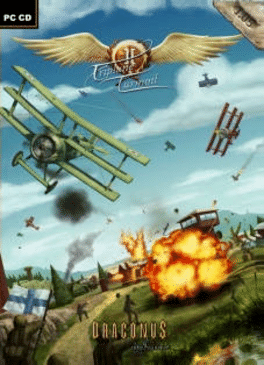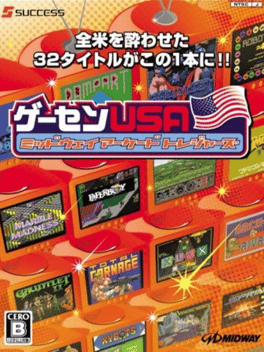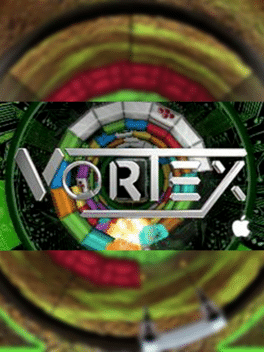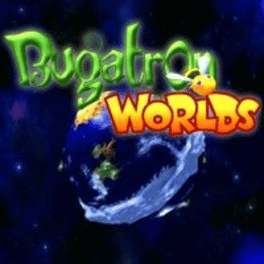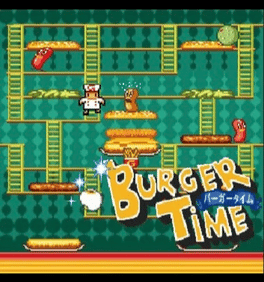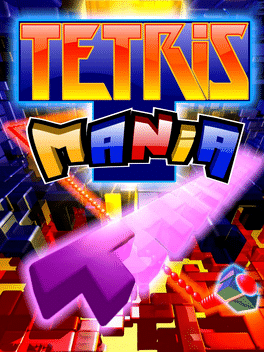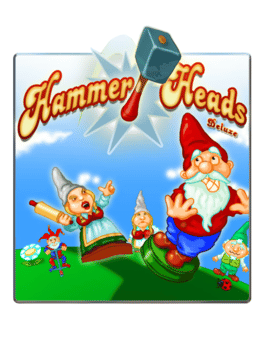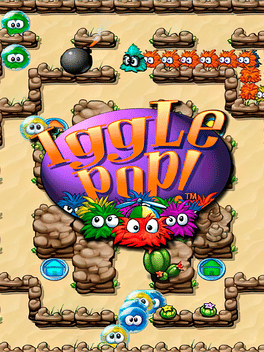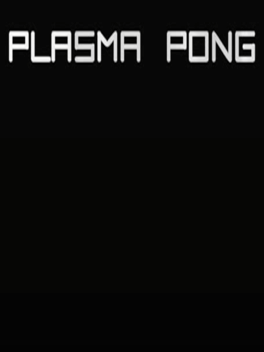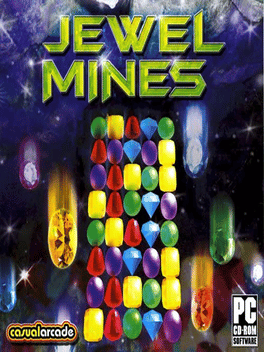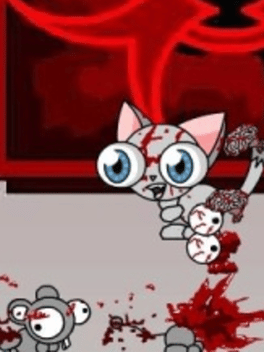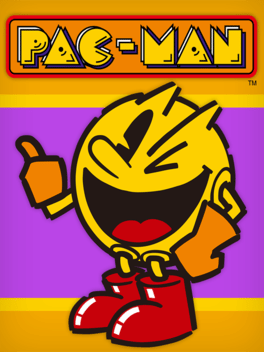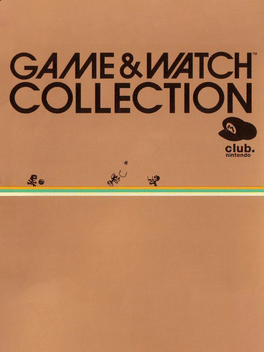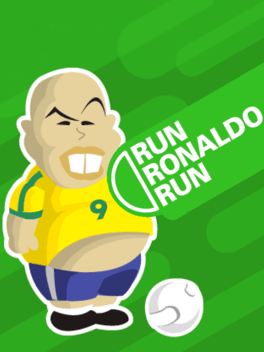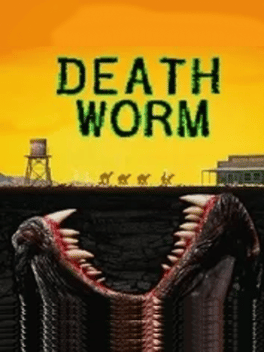New Game Boy Games - Page 169
-
Triplane Turmoil II
2006
-
Game Center USA: Midway Arcade Treasures
2006
A collection of Midway arcade games released exclusively in Japan by Success. -
Vortex
2006
-
Ragdoll Avalanche 2
2006
Ragdoll Avalanche 2
2006
Ragdoll Avalanche II is a free physics game. These falling stalactites will ruin this ragdoll's day if you let them slice through his skull. Move him around to avoid the pointy catastrophes. -
Xbox Live Arcade Unplugged: Volume 1
2006
star 6.8Xbox Live Arcade Unplugged Vol. 1 is a retail package of six Xbox Live Arcade games and three demos. The disc works by inserting it into the system just like any other game. However, rather than directly launching any of the titles, it brings you to the game menu in the Xbox home where you see extra games that are playable. -
Bugatron Worlds
2006
Bugatron Worlds
2006
Hostile bugs from outer space are attacking Earth, and the only thing that can stop them is the player and their ship armed with a big arsenal of weapons and gadgets. Bugatron Worlds is a sequel to the original Bugatron where the player once again fights the insects from outer space who want to devour Earth's population and destroy Earth. The enemies typically fly all over the screen during the gameplay and depending on the level they might shoot at the player's ship. Power-Downs are replaced with obstacles that include fans which will redirect the player's shots, and invulnerable enemies that can only be destroyed with balls/fruits (by shooting the balls/fruits to make them bounce across the battlefield and destroy all the enemies they touch). -
Burger Time
2006
Burger Time
2006
A mobile port of the arcade game BurgerTime for Japanese phones. "Burger Time", which was very popular in arcade games and consumer games, has been revived as a mobile app game! The purpose of the game is to complete a delicious hamburger by dropping the necessary ingredients down while dodging the annoying ingredients that are chasing you. By combining various ingredients, let's make various kinds of hamburgers and complete the menu list! -
Tetris Mania
2006
Tetris Mania
2006
Indulge your puzzle-solving passion! Tetris Mania puts a new spin on the massively compelling original you know and love with three new game modes: Cascade, Fusion, and Sticky Tetris Mania: the must-have game for your mobile -
Hammer Heads Deluxe
2006
Hammer Heads Deluxe
2006
star 7Pesky yard gnomes are invading your lawn! The only way to stop them is with a swift hammer blow to the head. Bash gnomes as quickly as you can while keeping an eye out for special gnomes, prizes and power-ups! Earn gold coins and shop the shiny store for upgrades. -
Iggle Pop! Deluxe
2006
Iggle Pop! Deluxe
2006
star 7Can you rescue the cuddly Iggles from the evil Zoogs? Move your Iggle friends to their color-coded destinations and pop them out of their bubble prisons. And listen to Doc Iggle... he's got all the tips and tricks you'll need to set the Iggles free! -
Pizza Frenzy Deluxe
2006
Pizza Frenzy Deluxe
2006
star 7The game contains three game modes based on the same principle. Shown from a top-down view, the player visits different cities where a certain number of pizzas need to be delivered. Before starting a game, the player can select the main topping to offer in that city. Each game, there are two or more pizza houses, one for each type of topping. At irregular intervals, icons with customers appear, requesting a pizza with a specific topping. The player needs to click them and take them back to the delivery house. For each delivered pizza, a tip can be picked up and after a perfect game a zeppelin dropping money appears. -
Plasma Pong
2006
Plasma Pong
2006
Plasma Pong is a clone of the classic arcade game Pong. What makes it different from the original is the use of computational fluid dynamics to drive the environment. To use this as a weapon in the game you shoot plasma from your paddle to push around the fluid. This will in turn affect the movement of the ball. You can also suction fluid into the paddle. By doing this, possession of the ball can be controlled by the player. When the ball is sucked into the paddle, the ball can be blasted across the screen in full speed. When starting a game, you have ten lives. You will lose one every time your opponent scores. The game is level based. For every score you make you will get to a new level. For each level the game gets more difficult, and the ball gets more reactive to the fluid, and there more unpredictable. The game can be played in both single and multiplayer (on the same computer). In addition to this, there is a sandbox mode, where players can play around as they wish with the fluid dynamics. -
Jewel Mines
2006
Jewel Mines
2006
Jewel Mines it's a casual game in which you have to detonate gems with the same color in group of three or more before time runs out. -
Fuzzy McFluffenstein
2006
-
Pac-Man
2006
-
Game & Watch Collection
2006
star 7.1Game & Watch Collection is a compilation cartridge featuring three of Nintendo's Multi-Screen Game & Watch games. Not available for purchase, this game could only be obtained in Japan, North America and Australia, by buying it with points included with Nintendo games and systems. The included games are: Oil Panic, Donkey Kong and Green House. -
Run Ronaldo Run
2006
Run Ronaldo Run
2006
"Run Ronaldo Run" is a flash game where you play as Ronaldo Nazario, and you have to escape from Messi. -
Death Worm
2006
Death Worm
2006
If you've ever secretly harboured a desire to snap up entire elephants in a single bite, Death Worm, more Shai-Hulud than Nibbles, just might be the game for you. Loosely inspired by cryptozoological accounts of the Mongolian Olgoi-Khorkhoi, this game allows the player to be to the Gobi Desert what Jaws was to Amity Island -- a menacing avatar of hunger incarnate, lurking somewhere unseen beneath the surface... waiting to strike! -
Croc Mobile: Pinball
2006
-
Khan Kluay: Kids War
2006
Khan Kluay: Kids War
2006
Khan Kluay Game's second version. In this game, you're controlling elephants' children. Try to win the game by struggling with your opponent.
